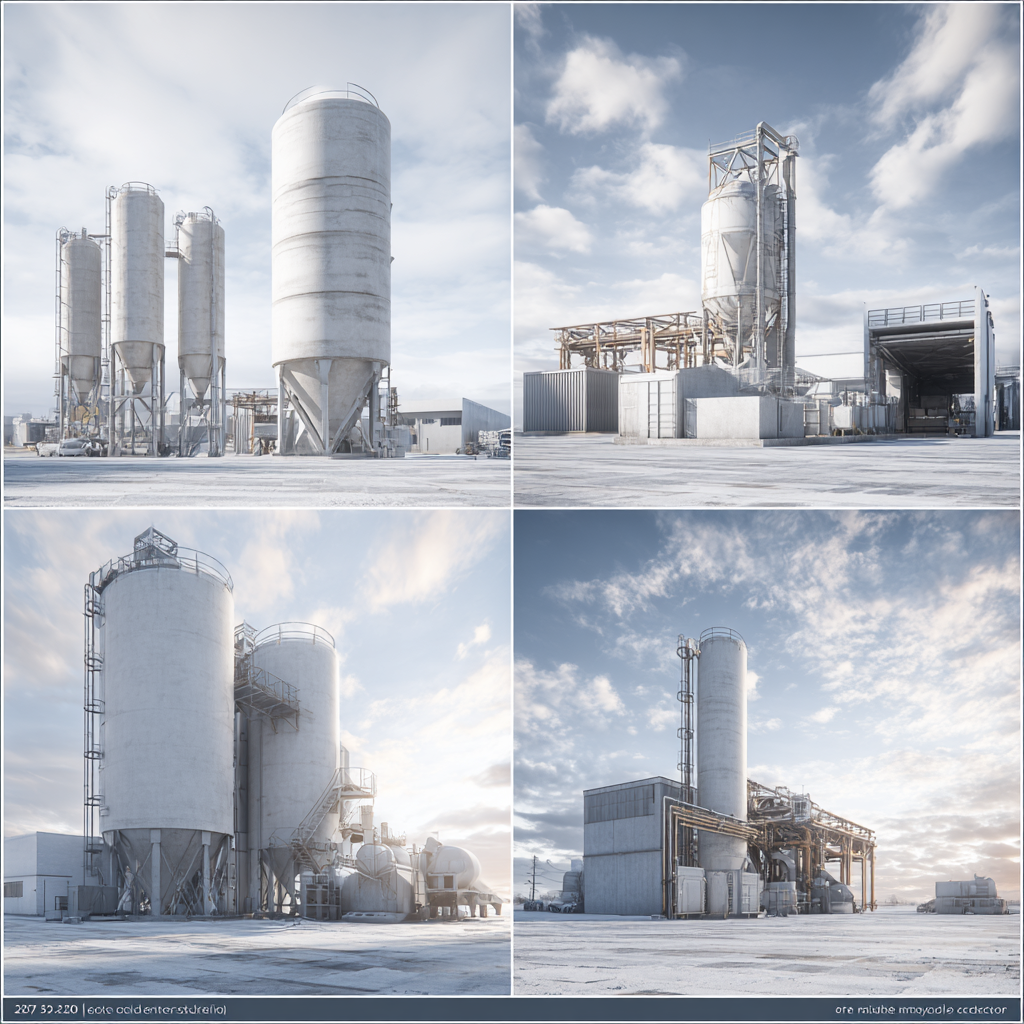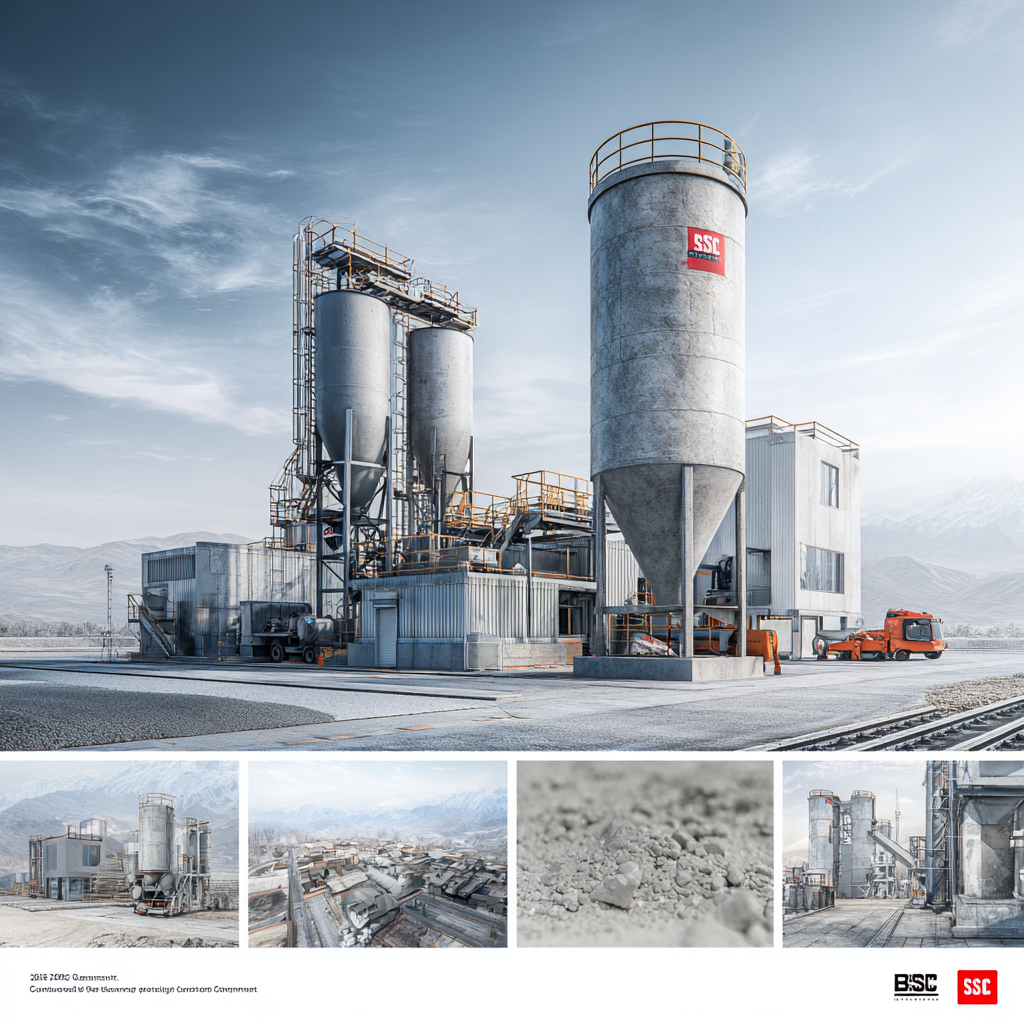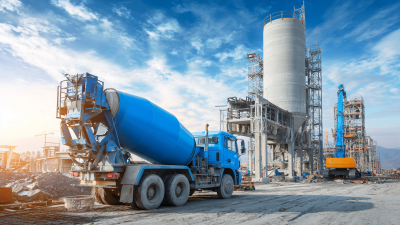In the ever-evolving world of construction, the use of "ready cement" has emerged as a pivotal choice for achieving optimal results. According to the "Global Ready-Mix Concrete Market" report by ResearchAndMarkets, the ready-mix concrete market is expected to grow at a CAGR of 5.5% from 2020 to 2025, driven by the increasing demand for durable building materials in various sectors. This trend underscores the importance of understanding and utilizing ready cement effectively, as it forms the backbone of modern infrastructure projects.

Industry expert Dr. Emily Carter, a prominent figure in cement technology, emphasizes the critical role of ready cement in contemporary construction. She stated, "The right application of ready cement not only ensures structural integrity but also enhances project efficiency." This highlights the necessity for construction professionals to be well-informed about the best practices for using ready cement, ensuring that they can leverage its full potential to meet project demands and sustainability goals.
As we look ahead to 2025, it is essential for stakeholders in the construction industry to adopt effective methodologies and techniques for utilizing ready cement. This guide aims to provide valuable insights and practical tips that can lead to increased performance and cost-effectiveness in construction projects, ensuring that industry players remain competitive in a rapidly changing market.
Ready cement, often referred to as ready-mix concrete, is a pre-prepared blend of cement, aggregates, and water, delivered to construction sites in a workable state. This innovation in construction material simplifies the mixing process, allowing for an efficient and consistent product. Ready cement comes in various types, tailored for different applications, from standard concrete mixes for general use to specialized formulations like high-strength, lightweight, or quick-setting variants. Each type serves distinct construction needs, providing flexibility and enabling optimal results.
Understanding the various types of ready cement is crucial for selecting the right mix for a project. For instance, standard ready-mix is ideal for residential foundations, driveways, and sidewalks, while high-strength concrete is preferable for structural components requiring durability and support. Lightweight concrete, composed of expanded aggregates, is advantageous for high-rise buildings where reduced weight can alleviate structural loads. Meanwhile, quick-setting mixes are designed for rapid applications, ensuring minimal downtime in projects with tight schedules. By recognizing these differences, builders can make informed choices that enhance construction efficiency and quality.
Ready cement has become an essential component in modern construction projects, providing numerous benefits that streamline the building process. One of the primary advantages of ready cement is its consistent quality. Since it is produced in a controlled environment, ready cement ensures uniformity in composition, which translates to enhanced durability and strength in the final structure. This reliability minimizes the risks of structural failures and costly repairs down the line.
Another significant benefit of using ready cement is the time efficiency it offers. With ready-mixed solutions, construction teams can accelerate the pouring process, reducing labor costs and project timelines. This advantage is particularly crucial in large-scale developments where time is money.
Moreover, ready cement reduces the amount of on-site mixing required, lessening the potential for errors and waste. As a result, project managers can focus on other critical aspects of construction, optimizing workflows and improving overall productivity.
When choosing ready cement for construction projects, several key factors should be considered to ensure optimal results. First, assess the compressive strength required for your specific application. Different projects may demand various strengths, so it’s crucial to align your choice of ready cement with the structural requirements. Typically, ready cement is available in various grades, which can impact the durability and integrity of the finished structure.
Another important aspect is the setting time. The ability of the cement to set quickly or slowly can significantly affect project timelines. For example, projects requiring rapid turnover may benefit from fast-setting options, while those that need to accommodate intricate designs may require a slower setting mix. Additionally, evaluate the environmental conditions such as temperature and humidity, as these can influence the curing process and overall performance of the ready cement. Selecting the right product tailored to these factors can lead to successful construction outcomes.

When it comes to mixing and using ready cement, following best practices is essential to achieving optimal construction results. According to the Portland Cement Association, the ideal water-cement ratio for most projects ranges from 0.4 to 0.6. This balance ensures that the concrete maintains its structural integrity while providing adequate workability. Overly wet mixtures can weaken the final product, leading to durability issues, while too little water can result in a harsh, unworkable mix.
Proper mixing techniques also play a crucial role in the effectiveness of ready cement. Industry standards suggest using a mechanical mixer for larger projects, as manual mixing can lead to inconsistent results. A report from the American Concrete Institute emphasizes the importance of thoroughly blending the components for at least three to five minutes to achieve a uniform consistency. Additionally, ready cement should ideally be used within 90 minutes of mixing to prevent loss of workability and strength, as noted in numerous field studies on concrete performance. By adhering to these best practices, builders can ensure that their projects achieve the desired strength and longevity.
This chart illustrates the optimal cement mixing ratios and their corresponding strength levels for various construction applications. The data demonstrates the effectiveness of different mixing practices in achieving desired construction outcomes.
When working with ready cement, avoiding common mistakes is crucial for ensuring the integrity and durability of your construction projects. A significant error is not measuring the water-cement ratio accurately. Industry standards indicate that an optimal water-cement ratio should be maintained at around 0.4 to 0.6, depending on the specific type of cement being used. Deviating from this ratio can lead to poor strength performance and increased susceptibility to cracking. Reports from the Portland Cement Association reveal that improper mixing and inconsistent water ratios can result in a reduction of compressive strength by up to 30%.

Another prevalent mistake is not allowing adequate curing time. Many contractors underestimate the importance of curing, which is vital for developing the cement’s strength. According to a study published by the American Concrete Institute, improper curing can lead to adverse conditions that compromise structural integrity, causing a potential decrease in strength by as much as 50% over time. Implementing a well-structured curing process, including maintaining moisture and appropriate temperature, is essential for achieving optimal results with ready cement. By paying attention to these common pitfalls, construction professionals can enhance the durability and longevity of their projects.





